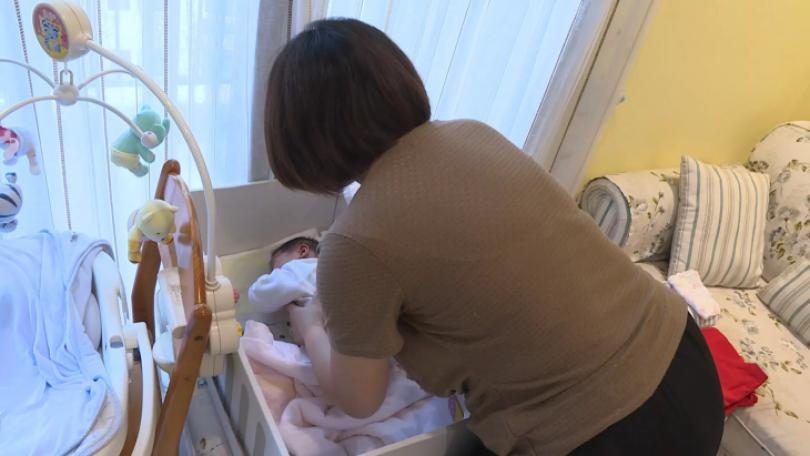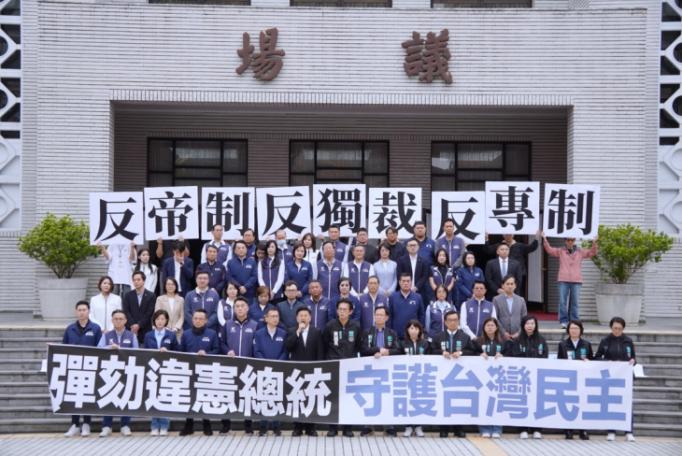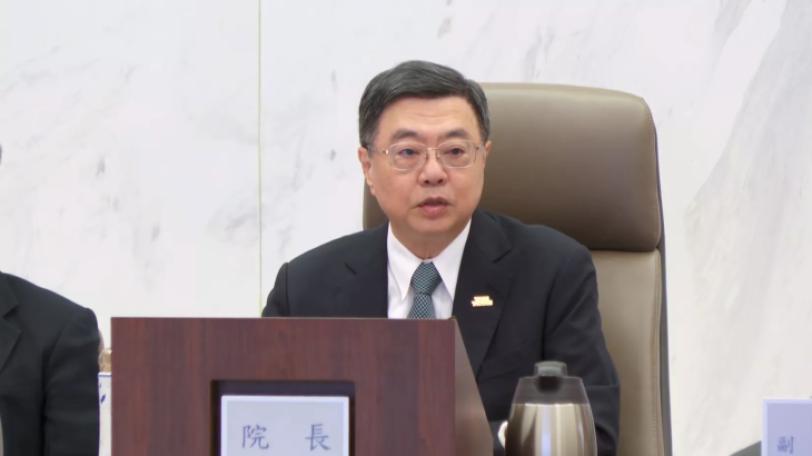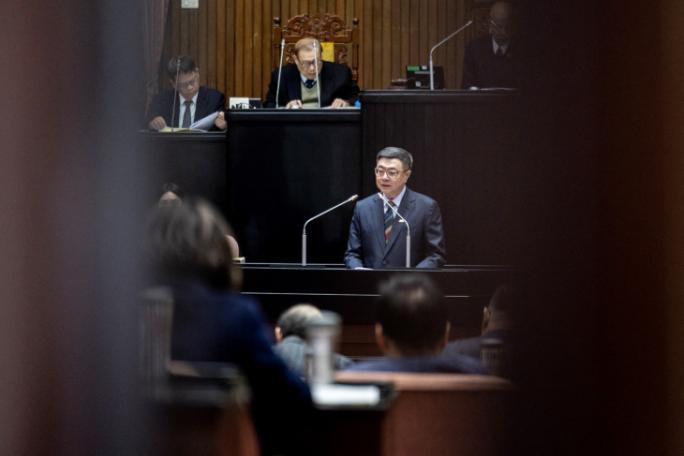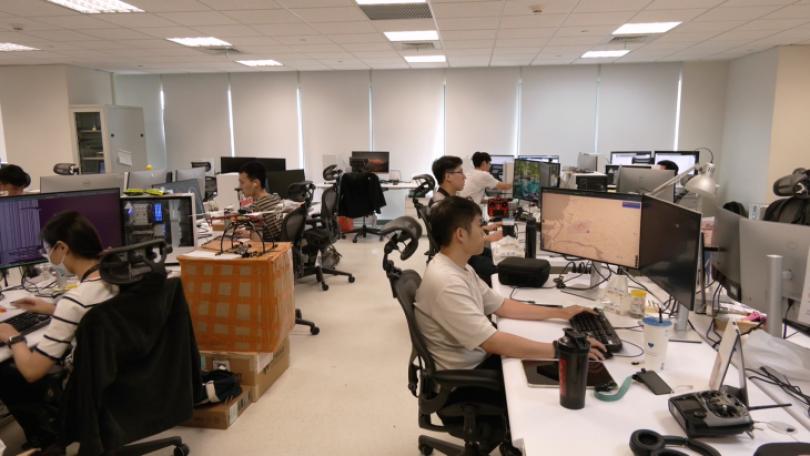TMU Hospital Treats Child with MIS-C 染疫童康復後出現MIS-C 再傳類似個案
Taiwan recently reported its first case of a child developing multisystem inflammatory syndrome in children after COVID-19 infection. It's a rare but serious condition associated with COVID-19, in which different body parts become inflamed, including the heart, lungs, kidneys, brain, skin, eyes, or gastrointestinal organs. Parents are reminded to be alert for symptoms two to six weeks after their recovery.
National Taiwan University Hospital recently treated a child who developed multisystem inflammatory syndrome in children after recovering from COVID-19. Now, Taipei Medical University Hospital has seen a case as well. The patient was a five-year-old boy who developed a fever of 40 degrees Celsius and stomach pain 26 days after the infection. His heart was already failing by the time he got to the hospital.
Lu Jen-her, Pediatrics Attending Physician, TMU Hospital: “His eyes were red, and he had a fever. He took antipyretics, but they didn't help. What's significant is that he had stomach pain and diarrhea. When he was admitted, we immediately thought it could be MIS-C, so we performed a heart ultrasound and tests. After it was confirmed, we gave him a high dose of immune globulin and he recovered.”
Central Epidemic Command Center statistics show that MIS-C normally occurs in children aged 6 to 12, and the mortality rate can be as high as two percent. Doctors remind parents to be alert for a persistent fever accompanied by stomach pain in the two to six weeks after their children contract COVID-19.
Lee Chien-chang, Clinical Assoc. Professor, NTUH Dept. of Emer. Medicine: “MIS-C and Kawasaki disease have similar symptoms, including red lips and a rash on the body. Parents must remember to tell doctors that the child was infected with COVID-19 before or that someone in the household was infected so they will be able to make the connection and diagnose MIS-C.”
There isn't much information available on the incidence of MIS-C, and it appears that East Asians are less likely to develop it than Westerners. At present, it can only be estimated that the worst case scenario in Taiwan will be an incidence of one in 10,000. The epidemic situation is worsening in the south, and doctors remind parents there to be alert for MIS-C symptoms.
染疫孩童康復後,出現MIS-C多系統炎症徵候群的病例,除了台大醫院,台北醫藥大學附設醫院也遇到一名類似病患,是一名5歲半男童染疫後26天出現40度高燒、腹痛症狀,到院時已經有些微心衰竭狀況。
北醫小兒科主治醫師陸振翮表示:「眼睛會紅然後高燒,吃退燒藥沒什麼效果,最重要他還會有腹痛然後會拉肚子,進來以後我們就馬上想到,這是一個多發性的發炎症候群,所以就有用心臟超音波和檢驗,確認以後我們就給他高劑量的免疫球蛋白,這病人就恢復了。」
根據指揮中心資料顯示,MIS-C好發於6至12歲之間的幼童或青少年,致死率最高2%。醫師提醒,孩子感染新冠後康復,父母仍要注意 MIS-C 症狀,通常是在感染後 2至6 週內發生,若確診孩童出現連續高燒伴隨腹痛,就要特別當心。
台大急診醫學部臨床教授李建璋說:「MIS-C他有點類似,像川崎氏症的症狀,嘴巴會紅身體會有紅疹,一定要記得告訴醫師說,他之前有過感染的一個,家裡有過確診的情況,醫生才會去聯想MIS-C的診斷。」
至今多系統炎症徵候群發生率還沒有很明確的數字,主因是亞洲東方人發生率比西方人來得低,目前,僅能推估台灣最糟狀況的發生率是萬分之一。隨著疫情逐漸北降南升,有醫師也示警南部將出現兒童MIS-C,需要特別留意提高自覺,才能降低發生機率。

